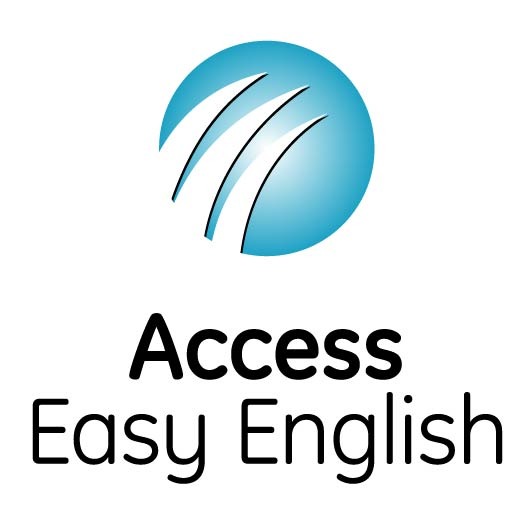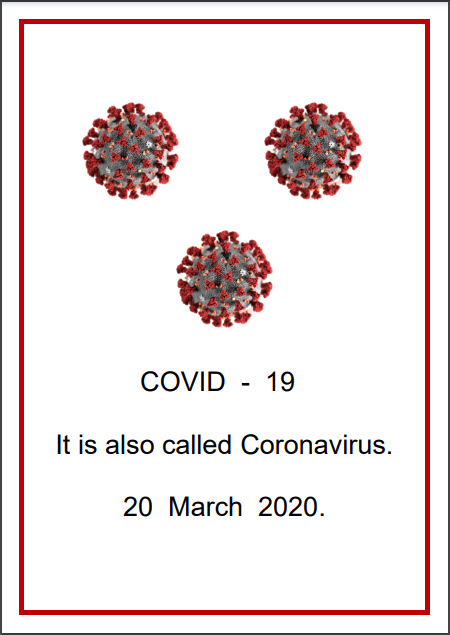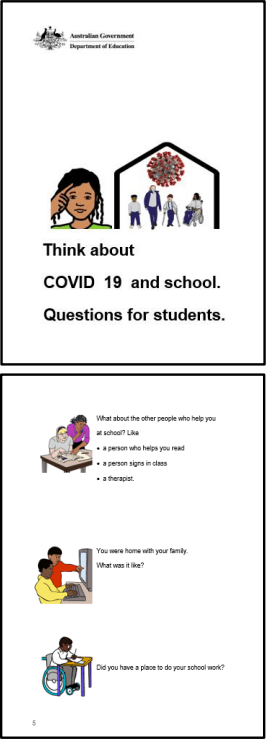Easy English vs Plain Language
Why Easy English is the best choice?
Difference at a glance
Easy English example
Easy English
- developed in Australia since 2005
- has evolved
- measurable & repeatable elements across format, linguistic elements and images for people with low literacy
- uses universal design & incorporates plain language principles
- designed for any person with low literacy, including those people with intermittent or situational low literacy.
Plain Language example


Plain Language
A communication is in plain language if its wording, structure, and design are so clear that the intended audience can easily find what they need, understand what they find, and use that information.
Plain Language writers are developing content for the 56% of the adult Australian population ‘who do have the literacy to manage a range of day to day reading tasks.’ (ABS, 2013. #4228).
Difference in detail
|
Easy English |
Plain Langugage |
||
|---|---|---|---|
|
Flesch - Kincaid Reading equivalence range |
Range: Grade 0 to Grade 3. |
Range: Grade 3 to grade 12. |
|
|
Flesch - Kincaid Reading equivalence average |
Grade 2. |
Grade 5. |
|
|
Sentence length |
5- 8 words |
11 - 14 words |
|
|
Use of hard words |
Never. Uses the words known to the audience. |
Introduces hard words, and then continue to include throughout text. Increases cognitive load. |
|
|
Use of if...then... statements |
Never |
Included |
|
|
Image |
Front cover |
Always included. Image and text which tells the reader what it is about. |
Not always included. Image and text often corporate. Image may not be included at all. |
|
Headings for images |
Always has an image for headings |
Never |
|
|
Number of images per page |
Maximum 4 |
5 - 7 images per page |
|
|
Text in images |
Never |
Often - text in an image is a barrier |
|
|
White space |
Lots of white space |
Congested spaces |
|
|
Image type |
Specific. Reflects message and audience need. Will choose images that meet need. Use photos only of people or places in the text. |
Non specific. Can be generic photos that are not reflective of the text. |
|
|
Length of document |
Maximum of 20 pages of correctly formatted text and images. |
Often 40 or 50 or more pages of text and images. |
|
|
Consumer review |
With people with low literacy. This person does not see themselves as a reader, and does not regularly try to read content. |
Unknown. |
|
Learn more about our training and webinars, purchase our guideline.
You want to know more




